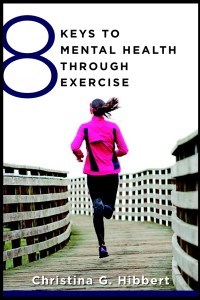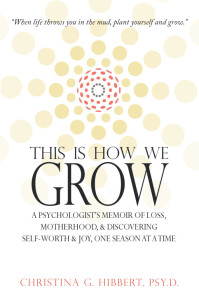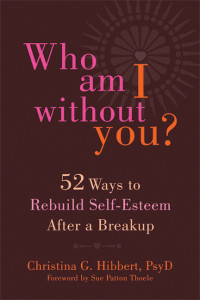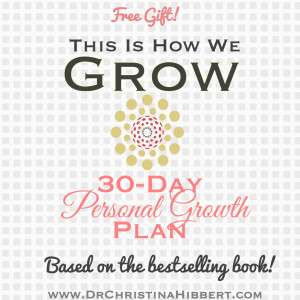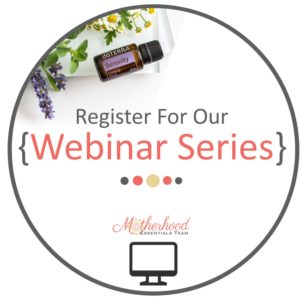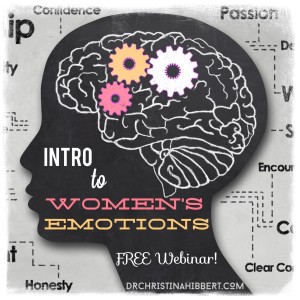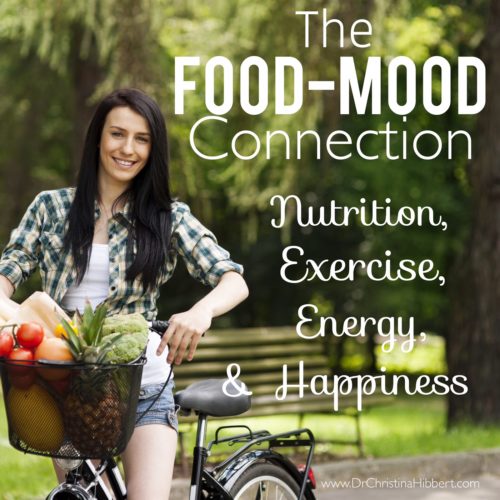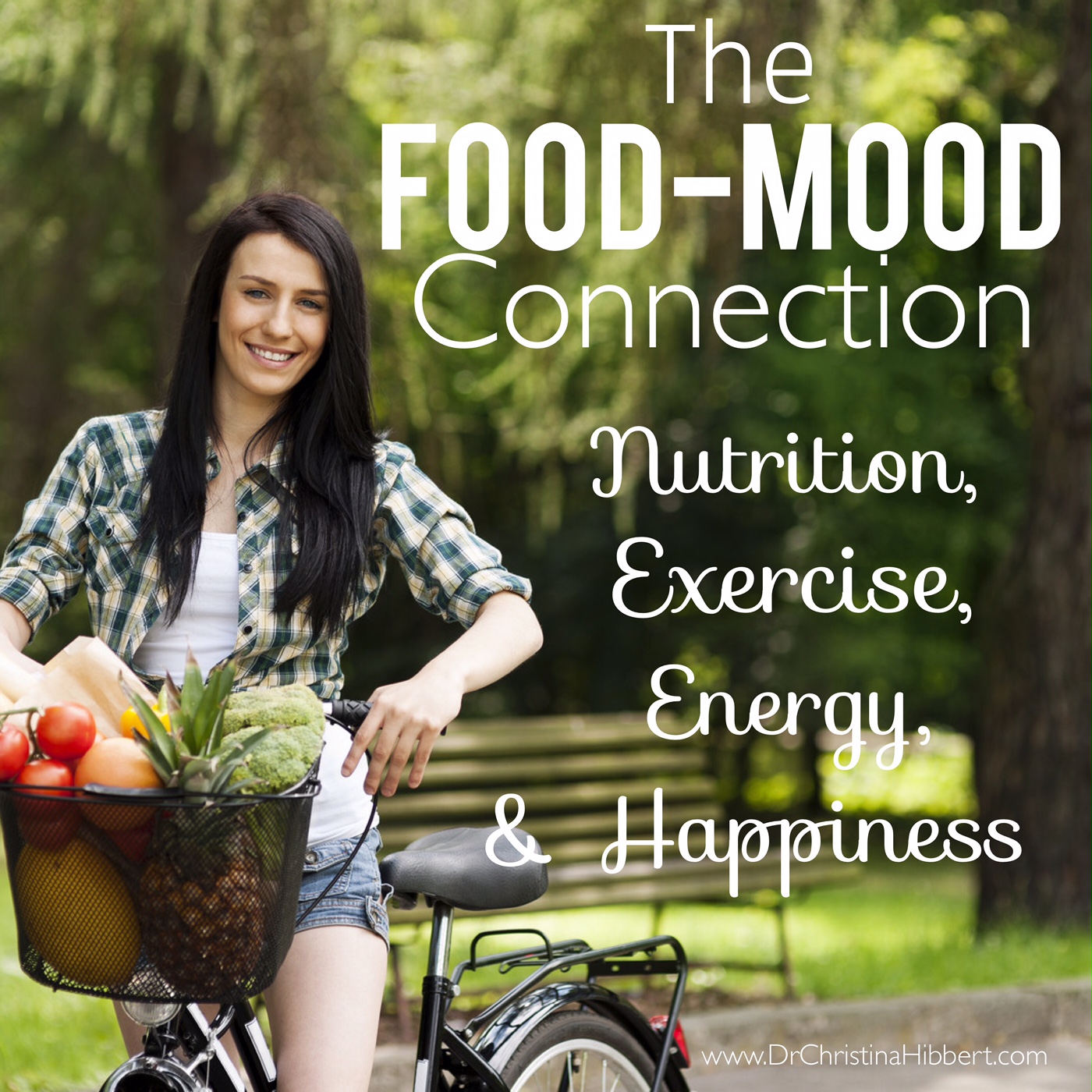
08 Dec The Food-Mood Connection: Nutrition, Exercise, Energy & Happiness
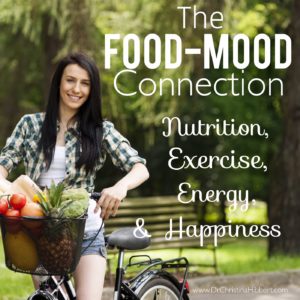
Part 3 of my BONUS Chapter from 8 Keys to Mental Health Through Exercise continues today, and we’re talking about something we all love—food! Nutrition works with exercise, sleep, and the other keys to create a healthy lifestyle, mental health, wellness, and yes, happiness. Let’s take a look at the “food-mood connection” and what you can do to make it work for you!
“Everyone has their own definition of a healthy lifestyle, and mine has come to mean making health a priority but not an obsession.”
~Daphne Oz
It’s been said that eating healthy and being physically active are the two most important things you can do for your overall health and wellbeing at any age (Missouri Dept. of Health & Senior Services, 2015). If we’re not eating well, we won’t have energy to handle life or to exercise, our physical health will suffer, and so will our mental health. While many people focus on healthier nutrition as a means to lose weight (and while this is certainly a benefit of healthy eating), there are many more benefits to be gained from proper nutrition, both physically and mentally.
Good nutrition is linked with a reduced risk of heart disease, diabetes, stroke, high blood pressure, and some cancers, and it also promotes weight loss and overall wellbeing. Nutrition can also improve mood and mental health, especially when combined with exercise (ODPHP, 2015).
The food-mood connection
Eating patterns are clearly linked with mental health, especially depression. Research shows that diets consisting of vegetables, fruit, meat, fish, and whole grains are associated with lower likelihood of anxiety and depressive disorders, while diets high in fried, processed, sugary foods, refined grains, and beer are linked with higher mood-related symptoms (Jacka et al., 2010). This food-mood relationship seems to go both ways: when we eat unhealthy foods, we feel worse, and when we feel badly, we tend to eat unhealthier foods, and more of them.
One study from Spain, with over 10,000 participants over a 4-year period, showed that diets high in fish and nuts were linked with lower rates of depression, while diets higher in meats and whole-fat dairy products were associated with higher depression rates (Sanchez-Villegas et al., 2009). Another large-scale study from England, lasting over five years, confirmed this link between depressed mood and diet. High consumption of processed foods, refined grains, high-fat dairy products, sweets, and condiments was linked to higher depression scores, while a Mediterranean-type diet was linked with lower depression scores (Akbarly et al., 2009).
Conversely, sad or depressed mood is highly correlated with overeating (Jansen et al, 2008; Dingemans et al, 2009).
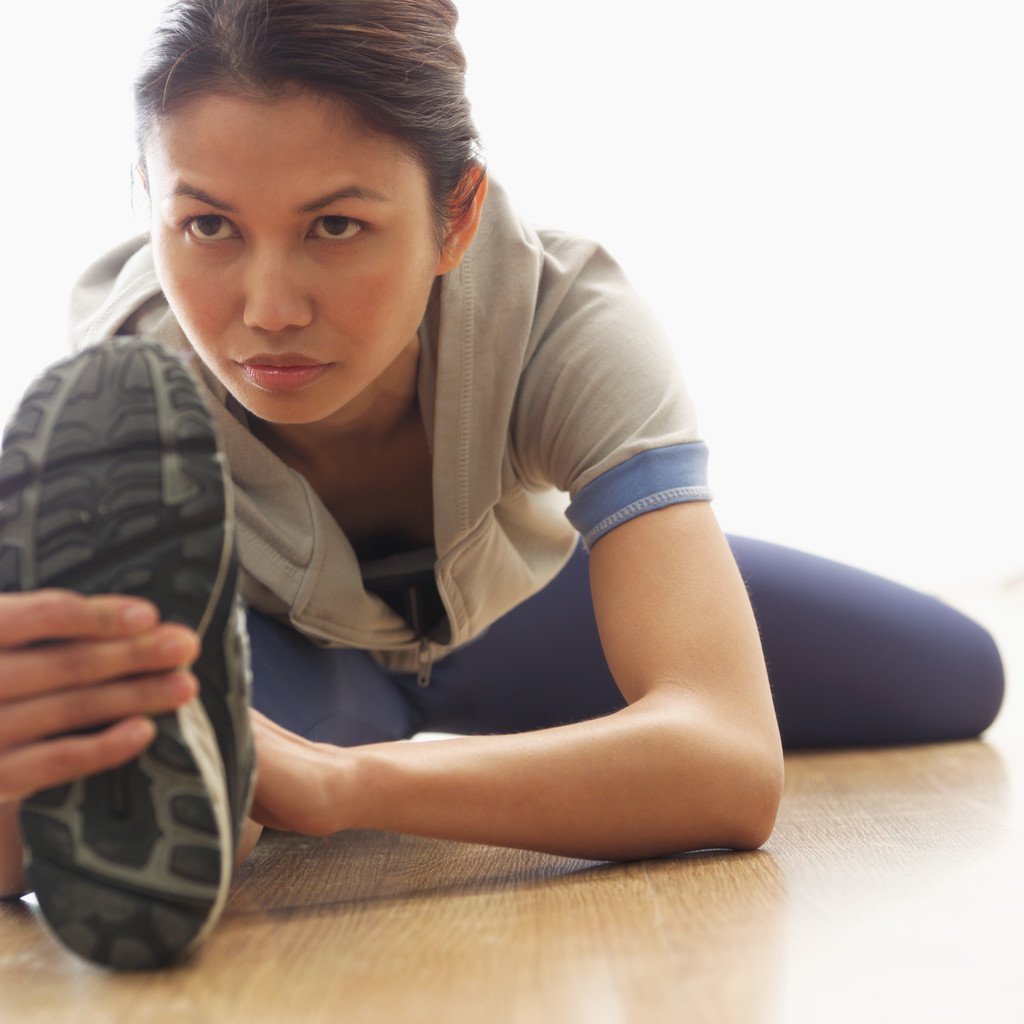
Nutrition and Exercise
Exercise can decrease sadness and depression, making it less likely one will overeat. Choosing to go for a walk or swim when hard days or bad moods hit helps in two ways: 1) it boosts your mood and lowers stress, and 2) it gets you doing something healthy and not overeating. Of course, nutrition and physical activity go hand in hand when it comes to living healthy, and both work to keep us in good physical shape (ODPHP, 2015).

Since I prioritize exercise, my kids have learned to, too! (In my “exercise room” in “the dungeon,” early in the morning.)
Together, they also help manage and improve health conditions and prevent obesity. It’s estimated that approximately one in three adults (34%) and one in six children/teens (16.2%) in the U.S. are obese, and the epidemic has been growing (ODPHP, 2015). Obesity is related to a host of illnesses that can lead to death, so it is imperative that we each honestly examine our diet to see if we are doing our best when it comes to nutrition and exercise.
The benefits of proper nutrition cannot be understated, yet less than one in three adults, and even less adolescents, eat the recommended amount of vegetables each day (CDCP, 2009). Additionally, as we know, most adults (81.6%) and adolescents (81.8%) fail to get the recommended amount of daily exercise (USDHHS, 2008), meaning that too few of us are taking advantage of these two life-promoting health habits.
Tips for Improved Nutrition
The U.S. Department of Agriculture has created MyPlate (replacing the former Food Guide Pyramid), a simple way to understand what kinds of food promote good health and nutrition and how much of each food group we should eat each day.
MyPlate suggests that we eat 10% fruits, 40%vegetables, or half a plate full of fruits and vegetables at each meal. The other half of the plate should be filled with whole grains (30%) and healthy protein (20%). Add in a cupful of dairy, such as milk or yogurt, and you’ve got a balanced meal. Additionally, MyPlate recommends that at least half the grains we eat come from whole grain sources, that we vary protein choices (fish, poultry, lean meat, and nuts), and that we stay mindful of portion control, sodium, and sugar levels (USDA, 2015).
Additional ways to eat healthier include:
• Focus on what to eat instead of what not to eat. Most people focus on avoiding certain foods, and while this can help, it’s definitely not as helpful as focusing on what to eat. Focus on consuming as many health-promoting foods as possible, especially vitamin-rich fruits and vegetables, and try to eat them as early in the day as possible. You’ll be more likely to get all the good stuff in and have less room for unhealthy foods.
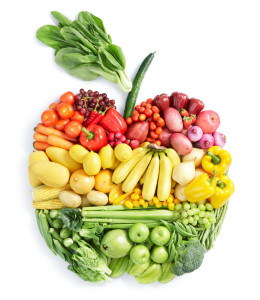
• Eat the rainbow: Color and variety are key. Seek whole foods that are vibrant in color and eat as many as you can (i.e. blueberries, sweet potatoes, broccoli, etc.)
• Eat breakfast. Skipping breakfast is associated with greater smoking, alcohol use, and a sedentary lifestyle, often meaning higher weight, in both adults and adolescents. Those who skip breakfast are also less likely to exercise, and parents who skip breakfast are more likely to have kids that do the same, so parents, be the example (Keski-Rahkonen et al., 2003).
• Eat 5 smaller meals a day, and have healthy snacks. Starting the day with breakfast and then eating every three to four hours will help you feel more full and be less likely to overeat, too (Paturel, 2014). Eating regular high fiber, carbohydrate, and protein snacks will keep you full without adding extra weight (Paturel, 2014).
• Get your vitamins from food, and add in supplements as needed. Eating foods that are rich antioxidants like Vitamins C and E has been shown to reduce risk of Alzheimer’s Disease (Engleheart et al., 2002). Antioxidants are found in fruits, especially blue and blackberries, vegetables, beans, whole-grain products, nuts, seeds, and even dark chocolate (Mayo Clinic, 2015). Omega-3 fatty acids are also important to overall health and mental health. Studies show omega-3’s (found in salmon, tuna, walnuts, and, canola, flax, and soybean oils) are better than a placebo in treating depression in children and adults, as well as in treating bipolar disorder and postpartum depression (Grosso et al., 2014; Osher & Belmaker, 2009) (Freeman et al., 2005) (dosing—3mg-6g). Vitamin D is another nutrient crucial to mental and physical health. It not only helps with crucial calcium absorption; it helps activate genes that control the immune system and release important neurotransmitters, like serotonin and dopamine, which make us feel mentally well, and Vitamin D deficiency is highly linked with depression and seasonal affective disorder (Greenblatt, J.M., 2011; Veith et al., 2004). If you’re unable to get these nutrients from your diet, consider asking your doctor about a high quality supplement. Adding in a multivitamin, an Omega-3 supplement, essential oils for cleansing, immune-boosting, and mood enhancing purposes, and even incorporating a “green drink” shake each day is a great way to get all your important nutrients in and keep your physical and mental health strong. (Learn more about my favorite multivitamin, omega-3 and “green drink” supplements, here.)
• Water is crucial, and avoid sugary drinks. The average-sized adult should drink at least 64 ounces of water each day, and avoid juice, sodas, and too much caffeine. These are not only unhealthy for your body; they also can intensify symptoms of anxiety and affect sleep.

• Quality sleep is associated with better nutrition. When you’re too tired you’re more likely to eat poorly and less likely to sleep well (National Sleep Foundation, 2009). (Learn “How to Sleep Better” in part 2 of this chapter excerpt!)
• Keep a food diary. I remember having to do this for a nutrition class in college, and what an eye-opener! If you aren’t sure how well you’re doing with your nutrition, write it all down for a day or two. It won’t take long to see exactly where you can improve.
• Of course, staying active is also important for healthy eating and diet. Exercise and nutrition, when used correctly, are an energy-creating machine. (Learn more about Exercise Motivation & Dedication here and in my latest book!)

One Saturday, after my kids had helped me get a little time alone, I took them for a family bike ride. I win. They win. We all win.
“Balance” & a Healthy Lifestyle—it’s all about choices
Overall, a healthy lifestyle is really about finding balance in what we do with our body and mind. The trouble is, finding balance is tough. Balance is a feeling, and it can be challenge to feel balanced by directly seeking to feel it.
Instead, health—physical and mental—is about choices. Each day, we can choose health. We can choose to focus on those behaviors that lead us toward greater health, or on those that lead us away. We can make small choices that improve our lifestyle and that make a positive impact on our mental health over time. We can choose behaviors that promote exercise (like joining my new “8 Keys to Mental Health Through Exercise” course-subscribe for more info, below!), and we can use exercise to help us feel healthier and engage in healthier lifestyle choices. That is how we achieve a balanced lifestyle. It truly is all about choice.
It can feel like a lot to tackle, but the idea isn’t to do all of these things right now. Choose one and start there. Then, add another. And remember that change takes time. I’ve heard it said that it takes sixty to ninety days to create a new habit. Give yourself the time you need to implement a healthier lifestlyle, piece by piece. Your body, and mind, will thank you for it.
Reflect for Success
1) How are your lifestyle choices influencing your life? Examine each lifestyle choice, below and ask yourself, “What are my strengths in this area?” and then, “What might I need to improve?” List the things you discover. Then, select one small change you can start making today. When you’ve accomplished that change, move on to another.
Sleep: ______________________________________________________________________________________________________________________________________________________
___________________________________________________________________________
Nutrition:
_________________________________________________________________________________________________________________________________________________________________________________________________________________________________
Family/Relationships:
_________________________________________________________________________________________________________________________________________________________________________________________________________________________________
Work:
_________________________________________________________________________________________________________________________________________________________________________________________________________________________________
Play & Downtime:
_________________________________________________________________________________________________________________________________________________________________________________________________________________________________
Stillness & Spiritual Connection:
_________________________________________________________________________________________________________________________________________________________________________________________________________________________________
Read Part 1 and Part 2 of this BONUS Chapter from my NEW Book, 8 Keys to Mental Health Through Exercise! And coming soon…the “8 Keys to Mental Health Through Exercise” course! For more information, please subscribe to my newsletter, above right or below.
“8 Keys to Mental Health Through Exercise“ is here!
“…Enlightening and empowering…” ~Publisher’s Weekly
Order online at Norton.com, Amazon, Barnes & Noble, Target.com, or Walmart.com, or visit your local bookseller today!
“Choose to grow” with my bestselling, award-winning memoir, This is How We Grow!
Available at Amazon or Barnes & Noble!
Build true self-worth, confidence, and love with “Who Am I Without You.”
Available now at
Target, Amazon, Barnes & Noble, New Harbinger, or your local bookseller!
Join my “This is How We Grow” 30-Day Personal Growth Plan!
Register, just below, for INSTANT ACCESS to my FREE, 4-part series on “Essential Oils for Emotional Health, Hormones, Family Sleep, & Pregnancy, Postpartum & Motherhood!” And subscribe to my “Motherhood Essentials” newsletter for tips, recipes, and how-to’s on using essential oils for your family’s health and wellness!
Learn more about how you can be part of my NEW “Motherhood Essentials” Leadership Team and work directly with me! Join us as I mentor and teach you how to promote family health, happiness, and wellness through the incredible benefits of essential oils. For more details, click below!
Take my FREE Webinar, “Intro to Women’s Emotions,” or register for my 3-part Webinar Course on “Women’s Emotions: Caring for your Brain, Hormones, and Mental Health to Overcome, Become & Flourish!’
Watch my “Postpartum Couples” DVD FREE, online!
Let’s Connect!
SUBSCRIBE, above, “Like” me on Facebook Dr. Christina Hibbert; This Is How We Grow, & follow me on Twitter, Pinterest, & Instagram
Related Posts/Articles:
Exercise for Mental Health: How to Get (& Stay Motivated)
40 Physical & Mental Health Benefits of Exercise
Get Mentally & Physically FITT: How to create an exercise program that works
Exercise as a Family to Build Stronger Relationship, Mental & Physical Health
50 Fun Ways to Exercise as a Family
Exercise to Improve Self-Esteem
Exercise for Mental Health: Key 1, Make it Fun!
Meditation for Mental Health, Personal & Spiritual Growth: The Spirit Meditation

